Abstract
Rice accounts for the overwhelming majority of grain production in Asia as a whole, with production reaching 699 Mt in 2022. The main factors behind this are Asia’s warm and humid climate and the spread of rice paddy agriculture. Over the past few decades, production volume has been steadily increasing due to increasing demand as the population grows. On the other hand, most of the production is consumed within the region, and the export volume is small compared to the production volume, but some countries such as Thailand and Vietnam have a strong presence as major exporters. In addition, some grains are used as animal feed, and this use is increasing in tandem with the expansion of the livestock industry. Corn is especially widely used for animal feed. In the future, climate change and water resource constraints may affect production, making the introduction of sustainable agricultural techniques a challenge.
Production(production (production volume))
From 1961 to 2022, Asia’s grain production has shown an increasing trend, mainly due to rice production. In particular, rice production reached a record high of 709Mt in 2021, but in 2022 it decreased to 699Mt, 98.6% of the peak. This increasing trend is due to population growth as well as improved production efficiency and advances in agricultural technology. However, in recent years, factors such as climate change, water resource constraints, and limits to agricultural land expansion have led to a slowdown in the growth of production volume. In addition, much of the production is consumed within the region, with exports limited, but the region is supported by stable demand due to expanding domestic demand. As the realization of sustainable agriculture becomes an important issue in the future, there is a need to strike a balance between improving yields and reducing the environmental impact.
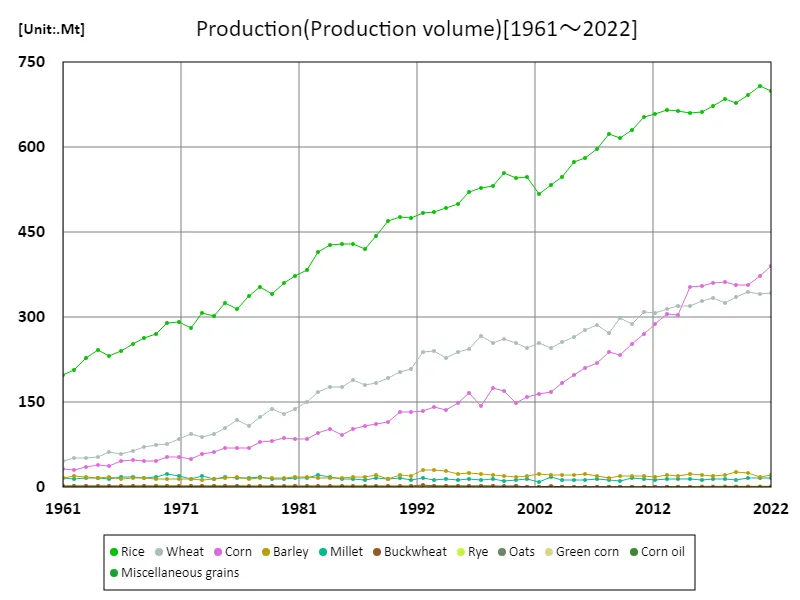

The maximum is 709Mt[2021] of Rice, and the current value is about 98.6%
Production (food)
Asia’s grain production (for food) from 1961 to 2021, mainly rice, reached a record high of 554 Mt in 2020, but fell to 552 Mt in 2021, 99.5% of the peak. This increasing trend is largely due to the expanding demand for food resulting from rapid population growth, advances in agricultural technology, and the spread of irrigation facilities. In Asia in particular, rice is considered an important staple food, and most of its production is for domestic consumption. However, in recent years, abnormal weather caused by climate change, depletion of water resources, and urbanization of cultivated land are beginning to affect production volume. Furthermore, from the perspective of food security, there is an increasing need for efficient production methods and reducing food waste. Achieving a balance between sustainable production and demand will be a key issue going forward.
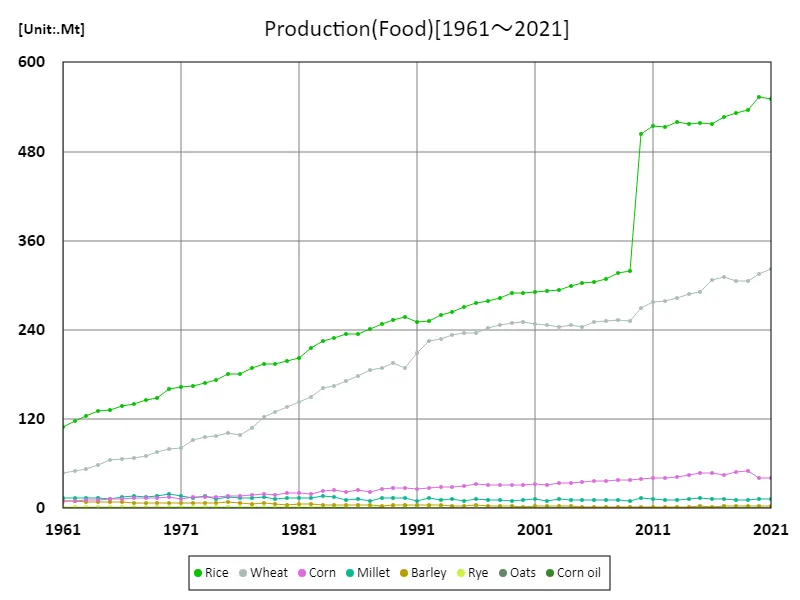

The maximum is 554Mt[2020] of Rice, and the current value is about 99.5%
Import and export (exports)
Data on grain exports from Asia going back to 1961 shows that rice recorded the largest volume at 62Mt, with an average of 14.5Mt and a total of 101Mt. Rice is a major export item in the Asian region, with Thailand, Vietnam, and India playing particularly important roles as exporters. Although export volumes are small compared to production volumes, they contribute to the balance of food supply within the region. Export trends fluctuate from year to year, influenced by international market demand, price trends and weather conditions. Export volumes increase especially during bumper harvests, but droughts and other extreme weather conditions can limit export volumes. Furthermore, in recent years, climate change and increasing domestic demand have become issues that affect export volumes, creating a need to establish a stable supply system.
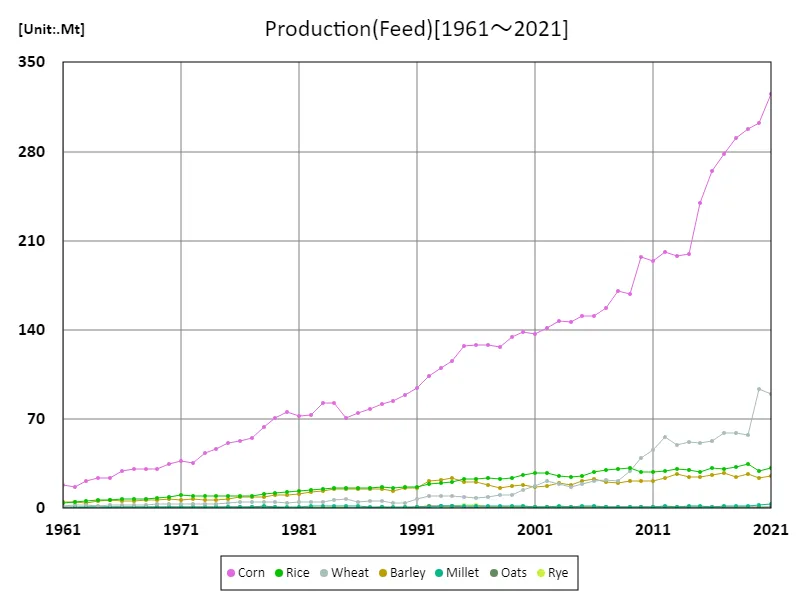

The maximum is the latest one, 325Mt of Corn
Animal (feed)
Data on grain exports from Asia going back to 1961 shows that rice recorded the largest volume at 62Mt, with an average of 14.5Mt and a total of 101Mt. Rice is a major export item in the Asian region, with Thailand, Vietnam, and India playing particularly important roles as exporters. Although export volumes are small compared to production volumes, they contribute to the balance of food supply within the region. Export trends fluctuate from year to year, influenced by international market demand, price trends and weather conditions. Export volumes increase especially during bumper harvests, but droughts and other extreme weather conditions can limit export volumes. Furthermore, in recent years, climate change and increasing domestic demand have become issues that affect export volumes, creating a need to establish a stable supply system.
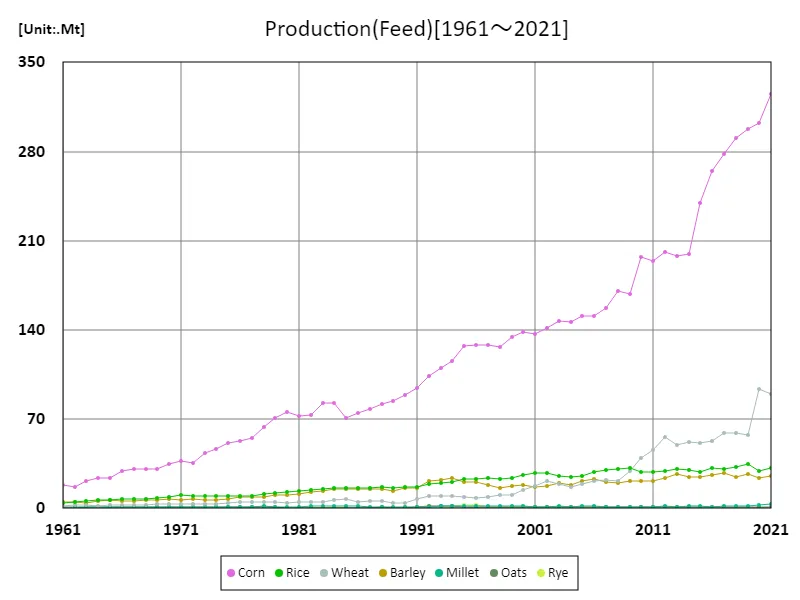

The maximum is the latest one, 325Mt of Corn
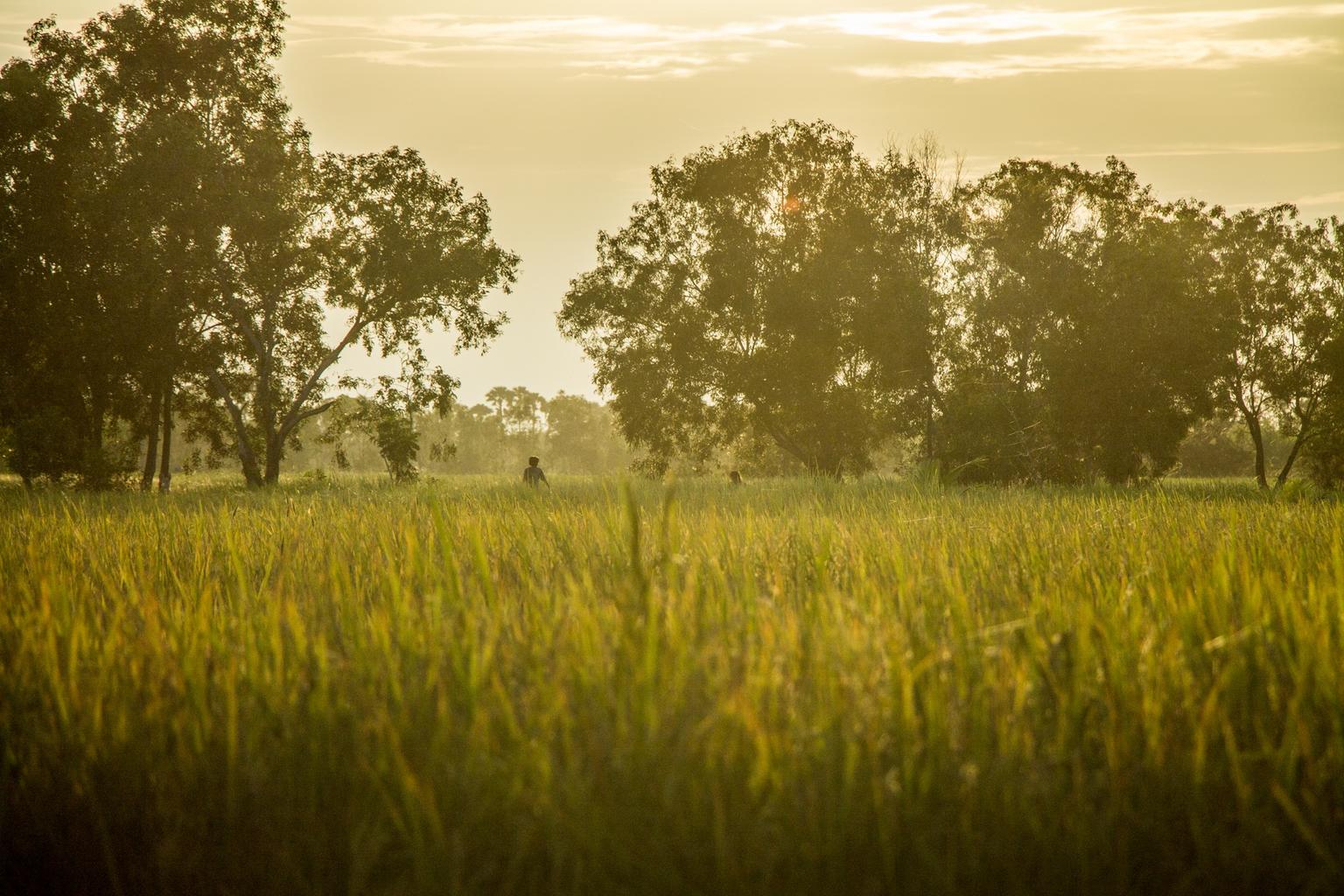


Comments